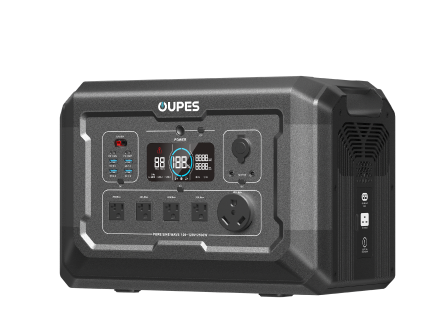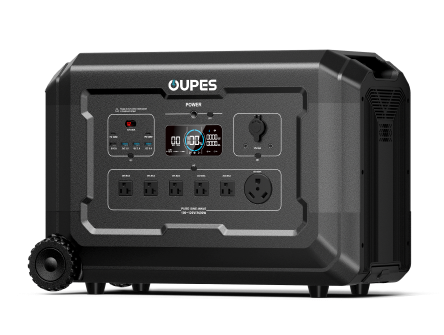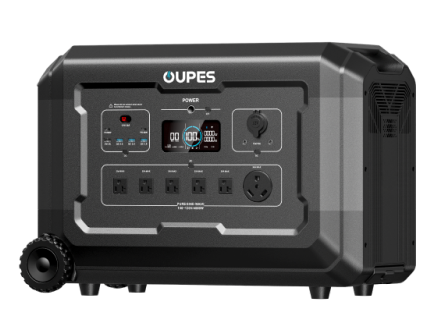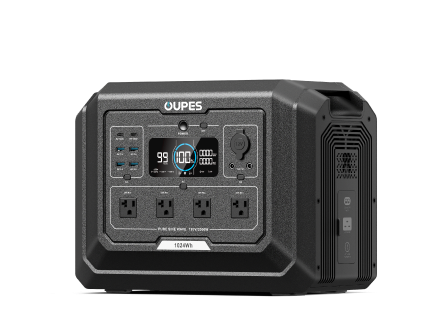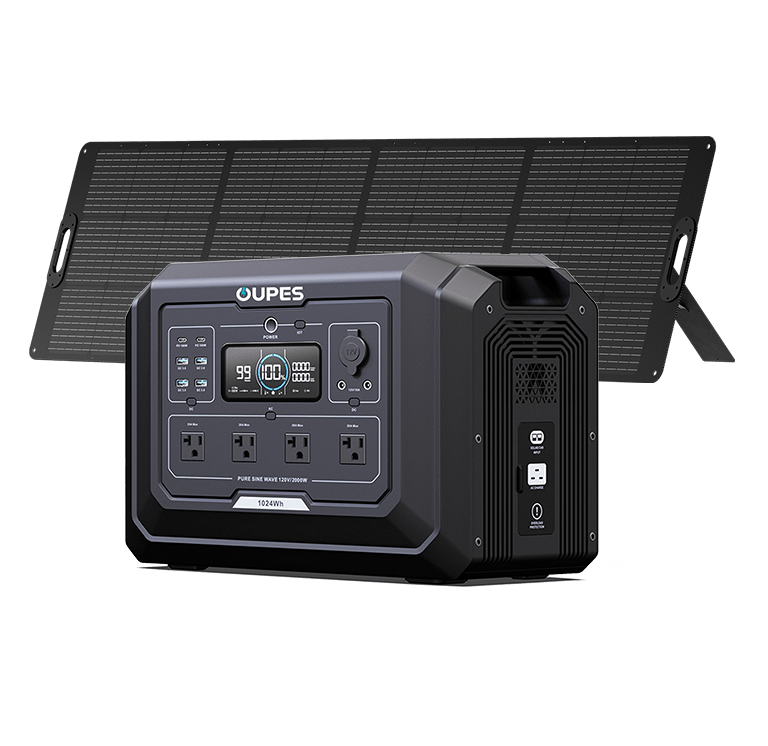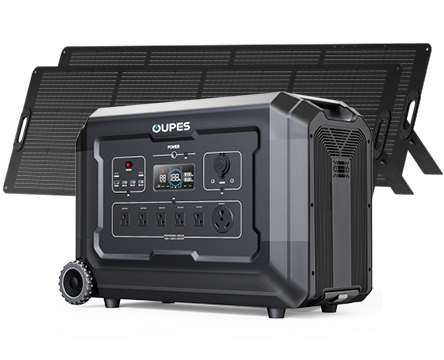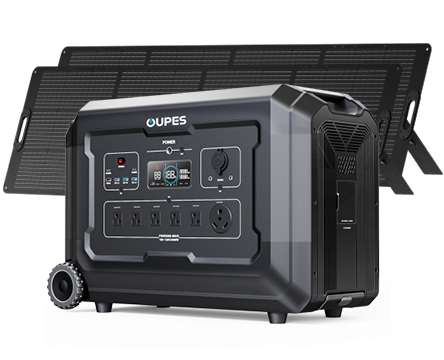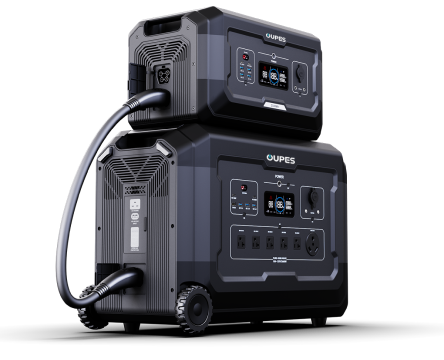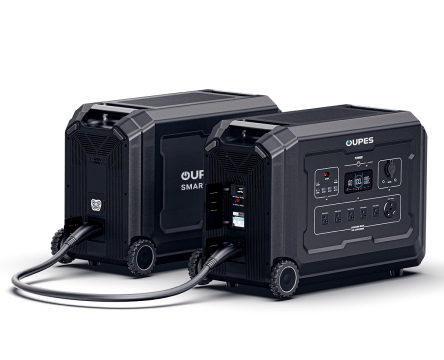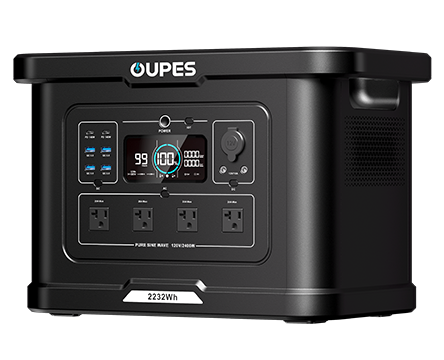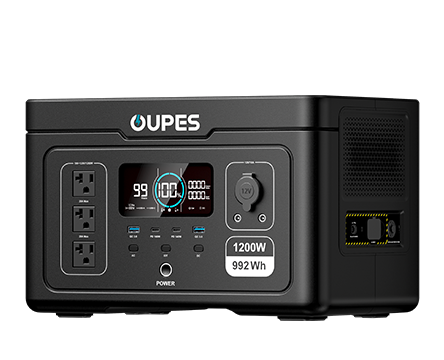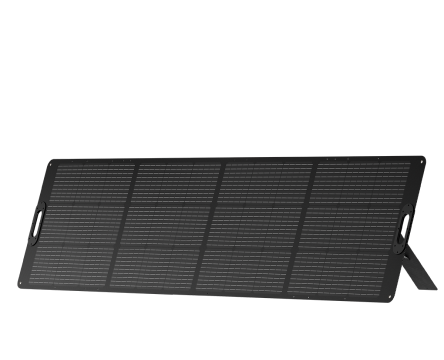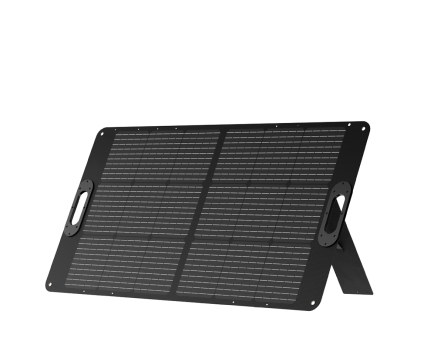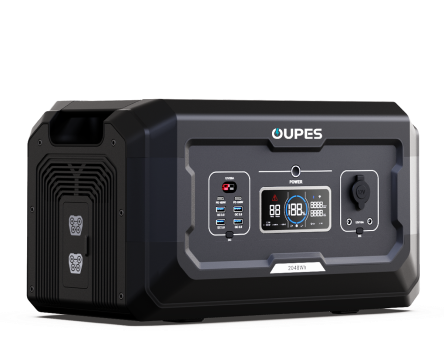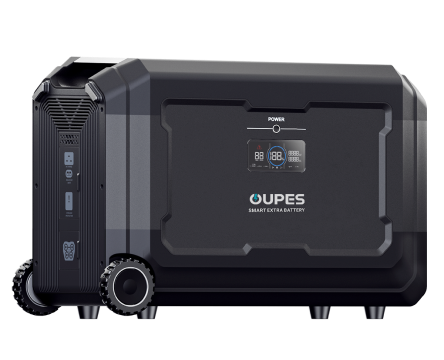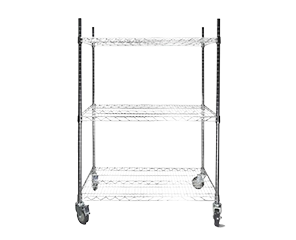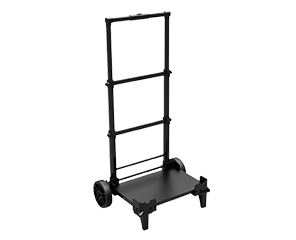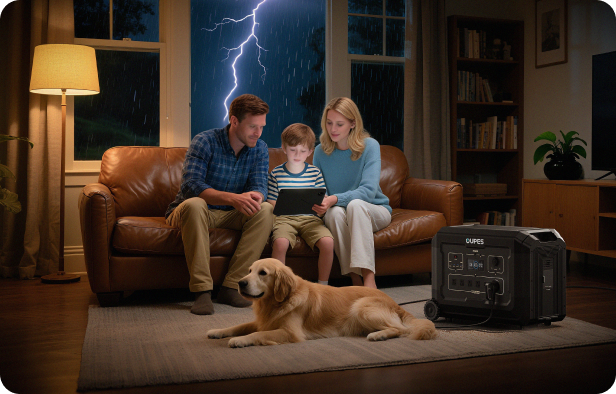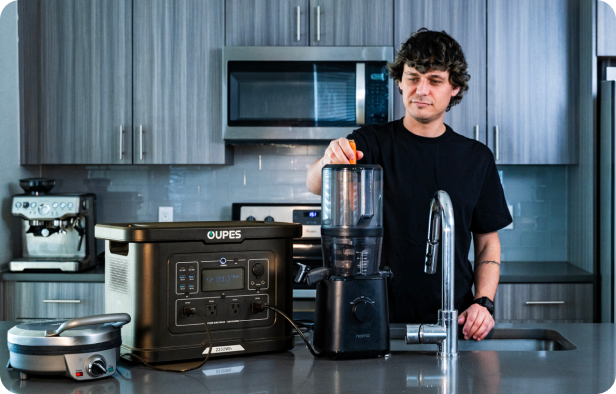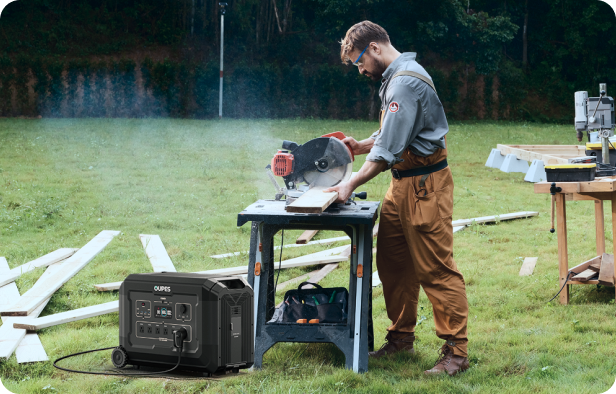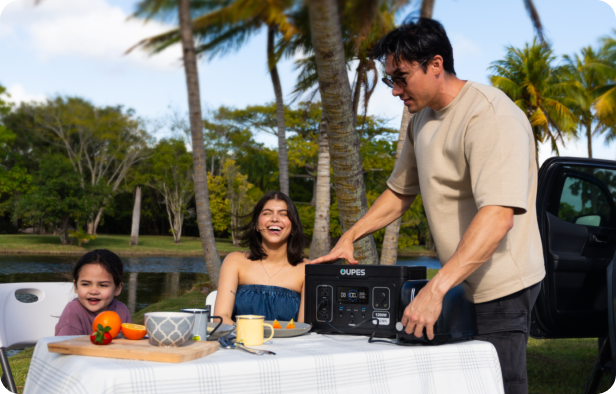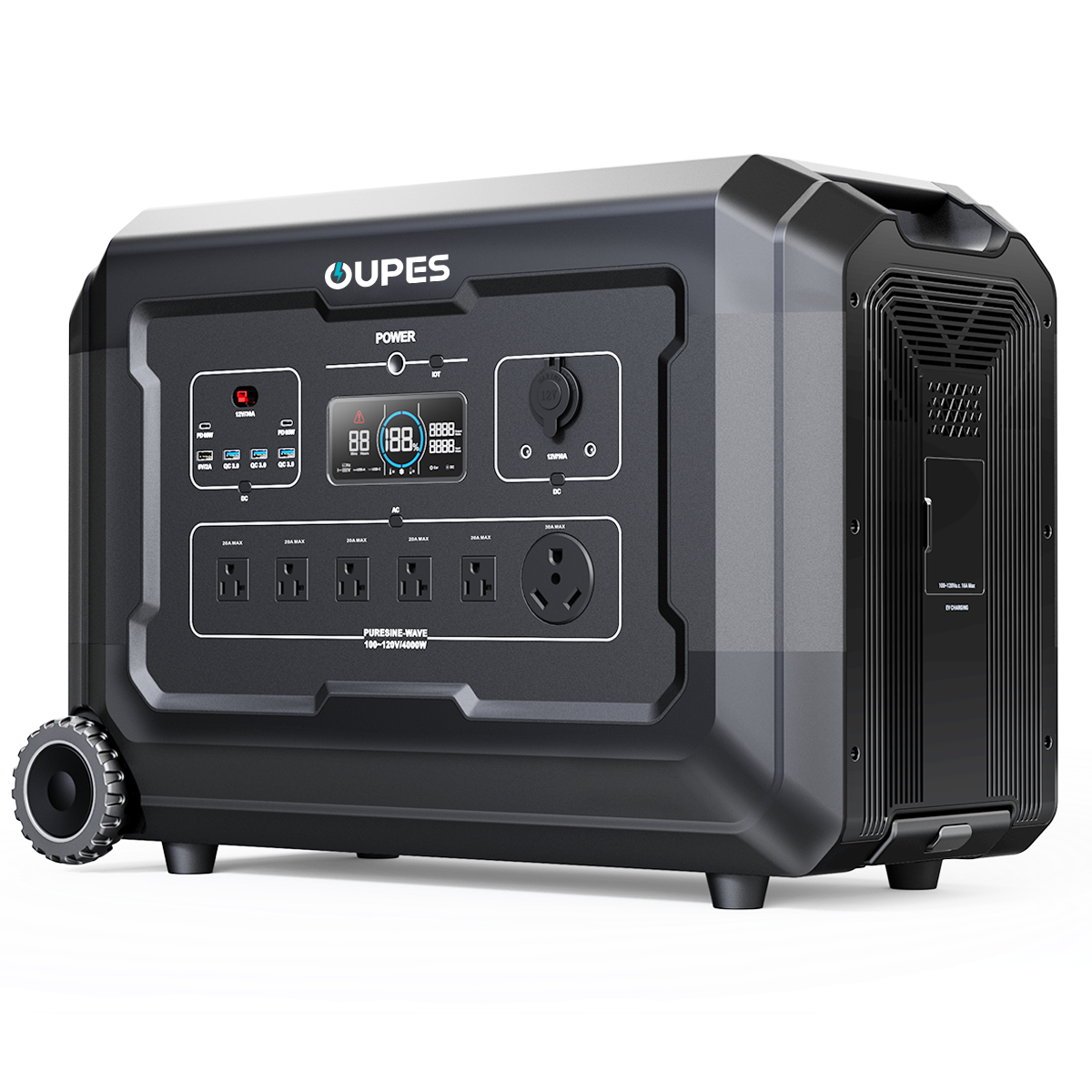
Imagine waking up to the sound of rustling leaves, the sun peeking over the horizon, and the freedom of knowing you’re completely self-sufficient. No utility bills, no power outages—just you, nature, and the hum of a solar generator keeping your life running smoothly. Going off-grid with solar generators is no longer a far-fetched dream; it’s a practical and sustainable way to live, travel, or simply escape the chaos of modern life. But how do you make the transition successfully? Whether you’re planning a weekend camping trip or a permanent off-grid lifestyle, these tips will help you harness the power of the sun and embrace independence like never before.
Solar generators are more than just a backup power source—they’re a gateway to a cleaner, quieter, and more self-reliant way of living. From powering your RV to running a remote cabin, these devices offer endless possibilities. In this article, we’ll explore practical strategies for going off-grid with solar generators, ensuring you’re prepared for every step of the journey.
Assess Your Energy Needs Before You Begin
Before diving into the world of solar generators, it’s essential to understand your energy requirements. Start by listing all the devices and appliances you’ll need to power. Are you running a refrigerator, a laptop, or just a few LED lights? Each device has a specific wattage, and calculating your total daily usage will help you choose the right solar generator. For example, a laptop might use 60W, while a mini fridge could consume 100W. Add up the wattage of all devices and multiply by the hours you’ll use them daily to estimate your energy needs.
Don’t forget to account for inefficiencies and unexpected usage spikes. Solar panels don’t always operate at 100% efficiency due to factors like weather and shading, so it’s wise to add a 20-30% buffer to your calculations. Additionally, consider the surge wattage of appliances like air conditioners or power tools, which require extra energy at startup. By thoroughly assessing your needs, you’ll avoid the frustration of an undersized system or the expense of an oversized one.
Choose the Right Solar Generator and Panels
Not all solar generators are created equal, and selecting the right one is crucial for a successful off-grid experience. Look for a generator with sufficient battery capacity (measured in watt-hours, or Wh) to meet your daily energy needs. For example, a 1000Wh generator can power a 100W device for 10 hours. If you’re running multiple devices, opt for a higher-capacity model or consider modular systems that allow you to expand your storage over time.
Pair your generator with high-quality solar panels to maximize energy production. Monocrystalline panels are more efficient than polycrystalline ones, making them ideal for limited space or cloudy conditions. Ensure the panels’ wattage matches your generator’s input capacity—most generators can handle 100-400W of solar input. Portable foldable panels are great for campers, while rigid panels are better for permanent installations. Don’t forget to invest in a charge controller, which regulates the energy flow and protects your battery from overcharging.
Optimize Your Solar Setup for Maximum Efficiency
Once you’ve chosen your equipment, the next step is to optimize your setup for peak performance. Start by positioning your solar panels to capture the most sunlight. In the Northern Hemisphere, face panels southward at an angle equal to your latitude for year-round efficiency. Use adjustable mounts to tilt panels seasonally—steeper in winter, flatter in summer. Keep panels clean and free of debris, as dirt and dust can significantly reduce their output.
Shading is another critical factor. Even a small shadow can drastically lower a panel’s efficiency, so place panels in open areas away from trees or buildings. If shading is unavoidable, consider microinverters or power optimizers, which allow each panel to operate independently. Additionally, monitor your energy usage and adjust your habits to align with solar production. Run high-wattage appliances during peak sunlight hours and conserve energy at night to extend your generator’s runtime.
Plan for Energy Storage and Backup Solutions
Solar energy is abundant during the day, but what happens when the sun goes down? Energy storage is key to maintaining power around the clock. Most solar generators come with built-in batteries, but you can expand your storage with additional battery packs or even a home battery system like the Tesla Powerwall. This ensures you have enough energy to last through the night or during cloudy days.
It’s also wise to have a backup power source, such as a gas generator or a wind turbine, for extended periods of low sunlight. Hybrid systems that combine solar with other renewable energy sources offer greater reliability and resilience. Additionally, consider investing in energy-efficient appliances and LED lighting to reduce your overall consumption, making it easier to stay off-grid for longer periods.
Maintain and Monitor Your System Regularly
Going off-grid with solar generators requires ongoing maintenance to ensure optimal performance. Inspect your panels regularly for damage or wear, and clean them with a soft cloth and water to remove dirt and debris. Check connections and wiring for corrosion or loose fittings, especially in humid or salty environments. Most solar generators come with monitoring apps that allow you to track energy production and usage in real-time—use these tools to identify inefficiencies and adjust your setup as needed.
Battery maintenance is equally important. Lithium-ion batteries, commonly used in solar generators, perform best when kept between 20-80% charge. Avoid fully draining or overcharging them, as this can shorten their lifespan. Store batteries in a cool, dry place, and recharge them every few months if not in use. By staying proactive with maintenance, you’ll extend the life of your system and avoid costly repairs.
Embrace a Sustainable Off-Grid Lifestyle
Going off-grid with solar generators isn’t just about technology—it’s about adopting a sustainable mindset. Reduce your energy consumption by unplugging devices when not in use and opting for energy-efficient appliances. Use natural light during the day and limit nighttime usage to essentials. Consider incorporating other renewable energy sources, like wind or hydro, to diversify your power supply.
Living off-grid also encourages self-sufficiency in other areas. Grow your own food, collect rainwater, and practice waste reduction to minimize your environmental impact. By embracing a holistic approach to sustainability, you’ll not only reduce your reliance on external resources but also create a more fulfilling and intentional way of life.
Going off-grid with solar generators is an empowering and sustainable choice that offers freedom, resilience, and a deeper connection to the environment. By assessing your energy needs, choosing the right equipment, and optimizing your setup, you can create a reliable and efficient off-grid system. Regular maintenance and a sustainable mindset will ensure your success, whether you’re camping for a weekend or living off-grid full-time.
As solar technology continues to evolve, the possibilities for off-grid living are endless. By taking the leap today, you’ll join a growing community of individuals who are redefining what it means to live independently and sustainably. So, harness the power of the sun, embrace the off-grid lifestyle, and enjoy the freedom of energy independence.






